Alright – so today we’ve got the honor of introducing you to Helen Cardamone. We think you’ll enjoy our conversation, we’ve shared it below.
Alright, Helen thanks for taking the time to share your stories and insights with us today. Can you talk to us about how you learned to do what you do?
I’ve loved making art since I was a kid, but I only began oil painting in college. My university encouraged a lot of playfulness during the painting process. There was a lot of avant garde painting exercises and thinking going on. After college, I took continuing education classes that gave me more technical skills in oil painting; I was making more representational work. Ever since, I’ve been piecemealing and trying to marry the two schools of thought. I think with being an artist, if you commit to it being a lifelong career, it’s not going to be a linear journey. There will be highs and lows. I think as long as you trust your intuition, know who you are, and what you want to say…the “how” of saying it all will come in time (and continue evolving). I recommend taking more classes from people you admire, continue looking at art history (and contemporary artists) for inspiration, and just surrounding yourself with a supportive art community.

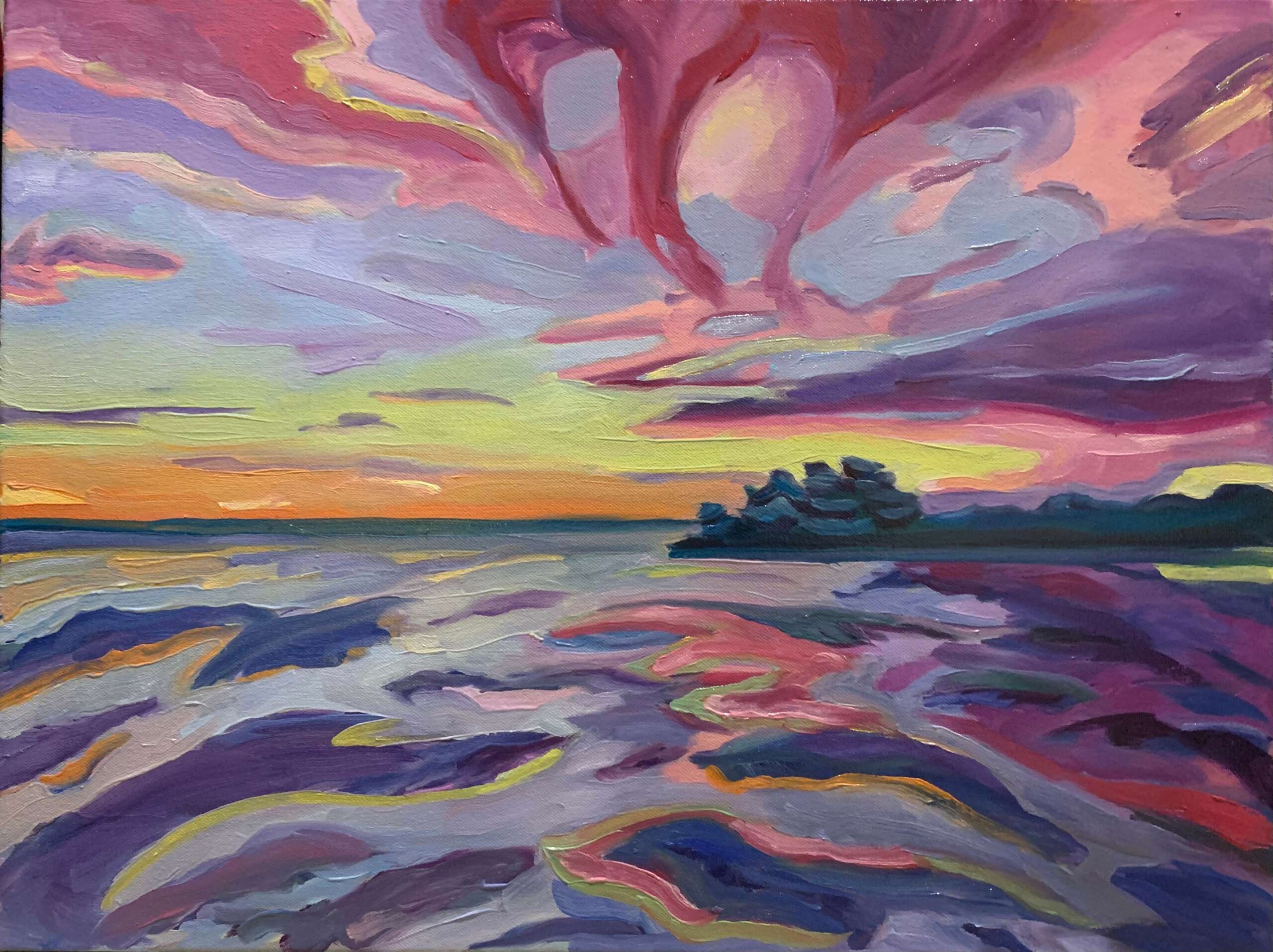
Helen, love having you share your insights with us. Before we ask you more questions, maybe you can take a moment to introduce yourself to our readers who might have missed our earlier conversations?
My main art and creative practice is oil painting, although I did write, illustrate, and self-publish a children’s book in 2021 titled, “A St. Lawrence Summer”. All of the illustrations were done in oil paint on canvas. I try to paint as much as I can. I am currently an art teacher, so I find time to paint on the weekends or at night. I made a lot of portrait paintings of my friends and family in grad school. However, in the past year, since graduating, I’ve mainly been painting landscapes. I am inspired to paint either Lowcountry scenes in South Carolina and river views from along the St. Lawrence River in NY. Both of these places are where I spent my childhood and are home to me. I know them in my bones. I like to paint people and places that I love. I get to express that love and excitement in a creative way, bottling up fleeting moments in time. I would say that I enjoy finding patterns in nature and exploring different high key (or sometimes muted) color palettes, depending on the mood of the scene. I’m not taking commissions right now, but am pursuing having an active painting practice so I can hopefully display my work in galleries or have my work available for purchase on my website soon.
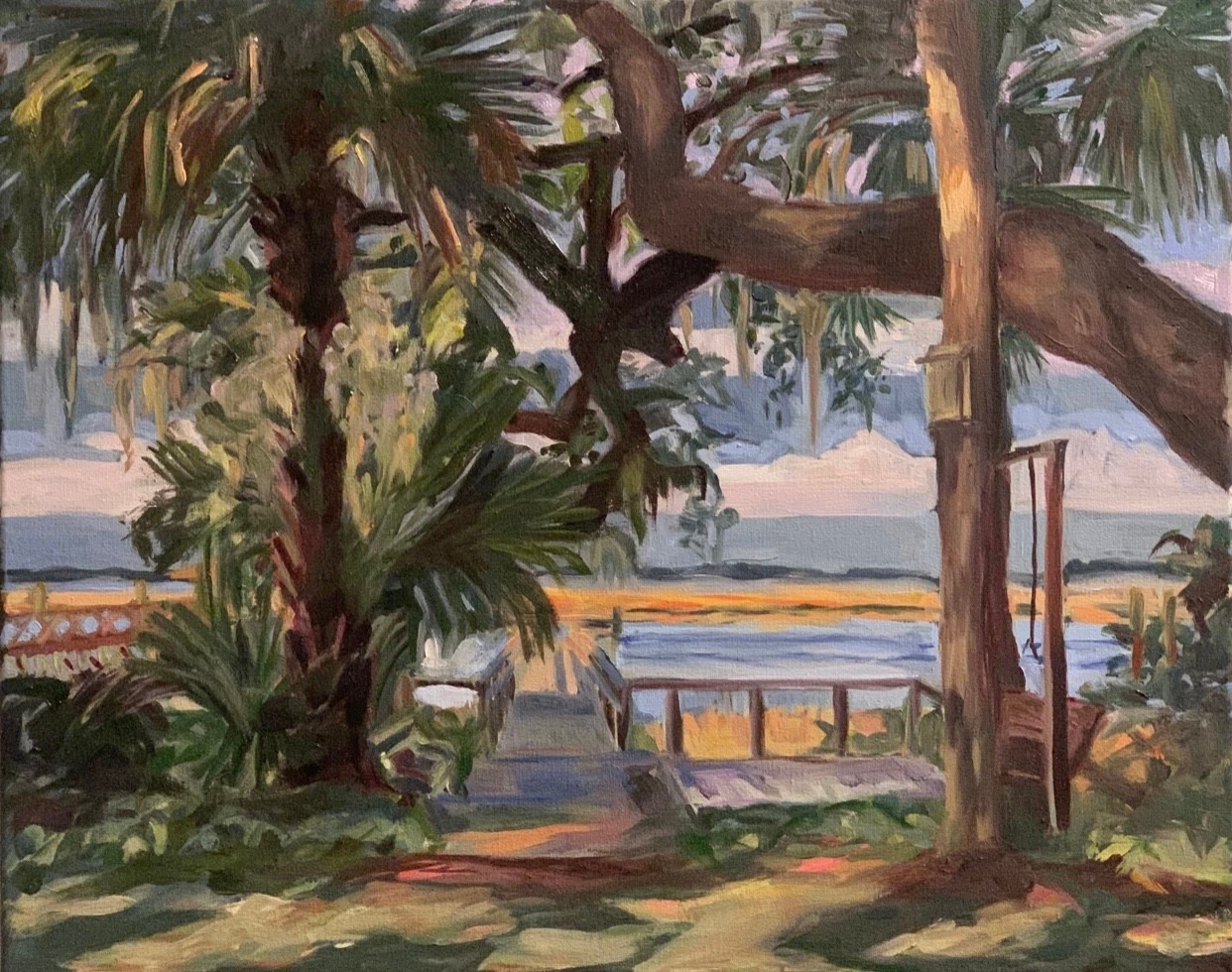
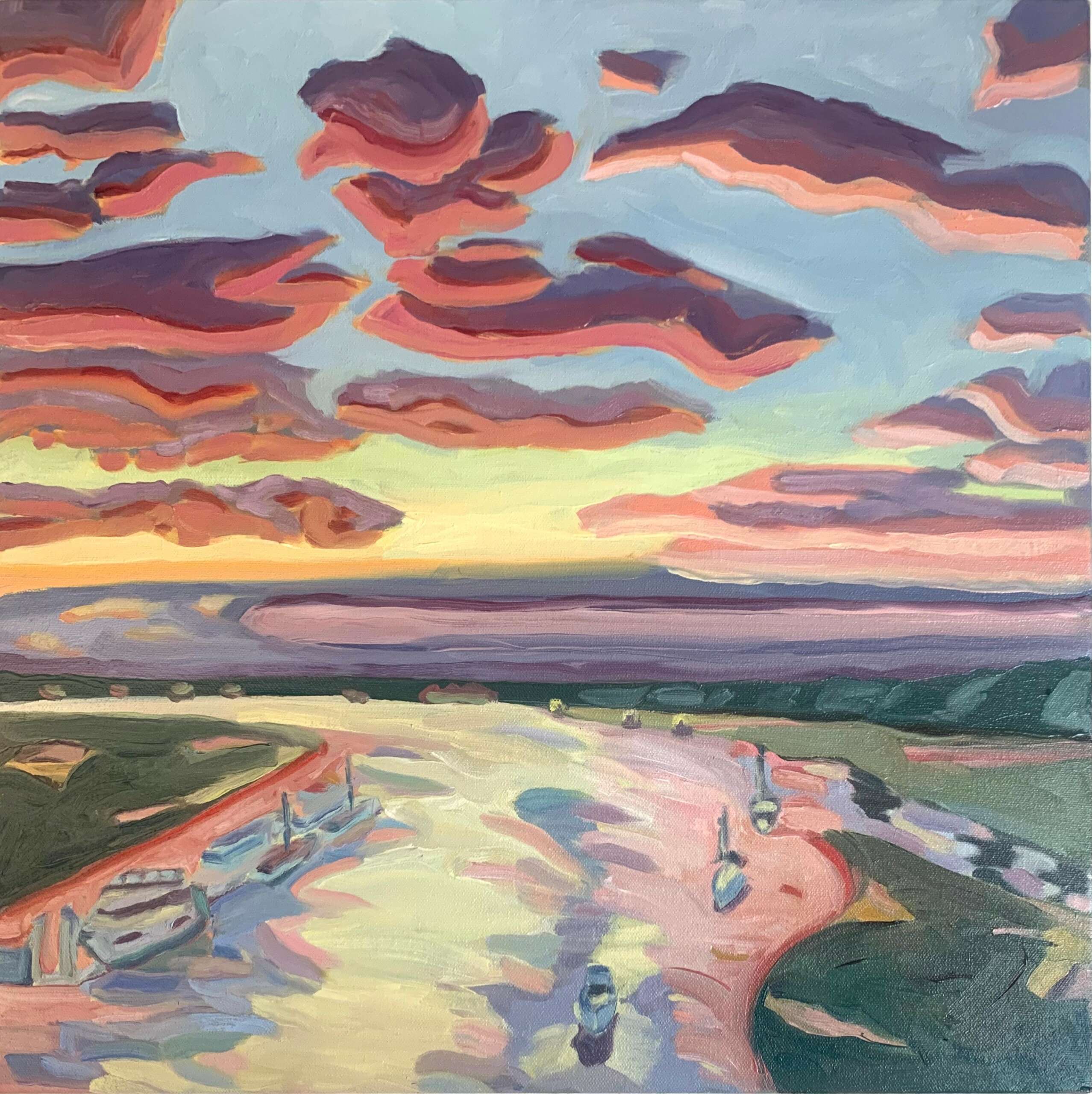
For you, what’s the most rewarding aspect of being a creative?
I find a lot of joy (and struggle) in the creative process. There were many years where I used art as a means to express inner turmoil that I couldn’t quite express in words. It was a way of working through difficult times in life. And for that, I’m grateful that I had art as a means of therapy. And I did have people who enjoyed looking at those thought-provoking and sometimes scary pieces. Now however, I am having fun making work that reflects the love I have for my surroundings (the landscapes of the Lowcountry and upstate NY) and the people in my life. It’s even more rewarding when somebody loves the work so much that they want to purchase it and have it in their home (or wherever) to look at everyday. I know I have love for the things I am trying to capture on canvas, in a unique and sometimes distorted way, but if somebody else gets excited by it, that makes me happy. It’s not just a selfish act of painting for me, but can also bring somebody else joy.
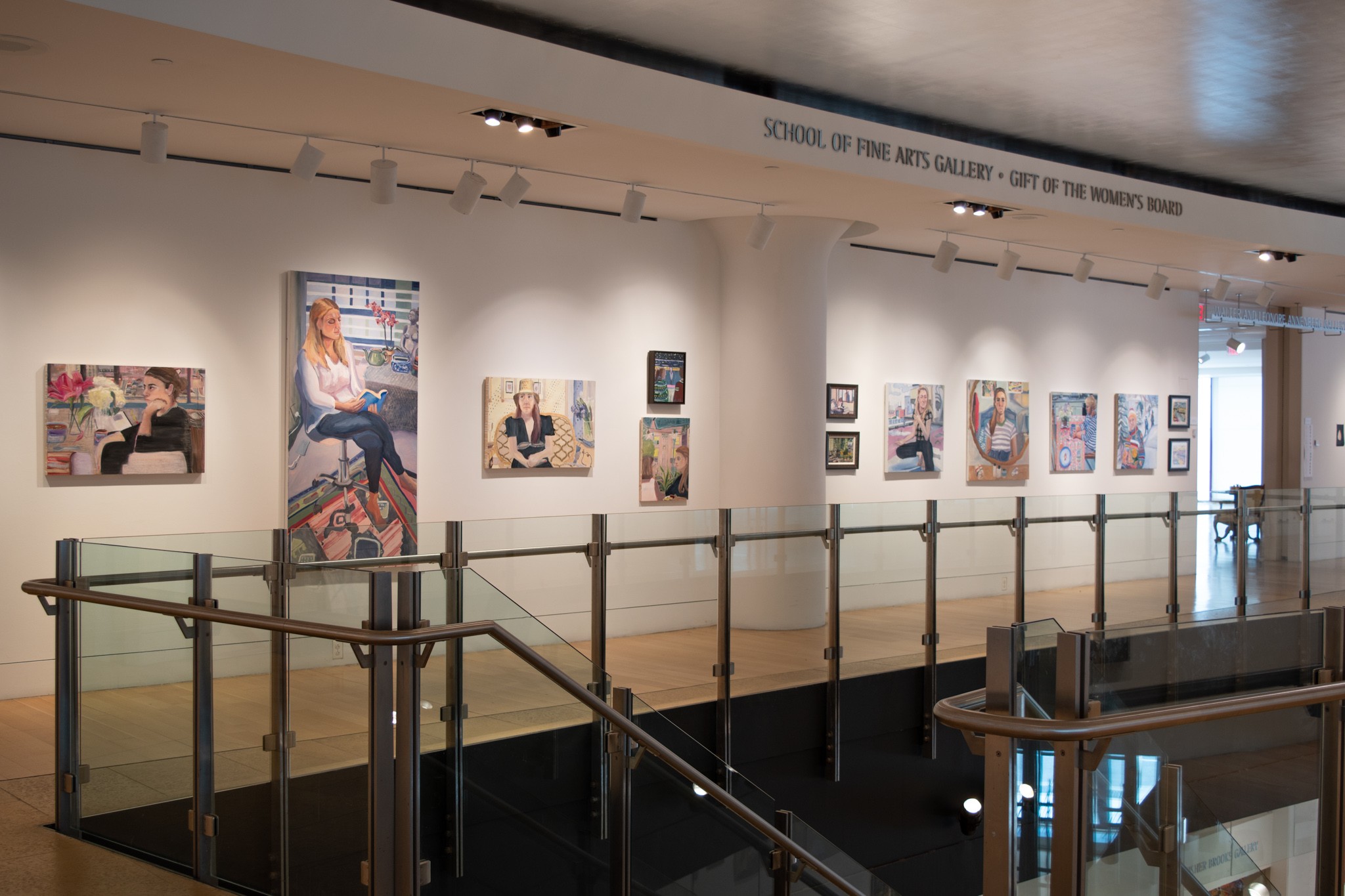
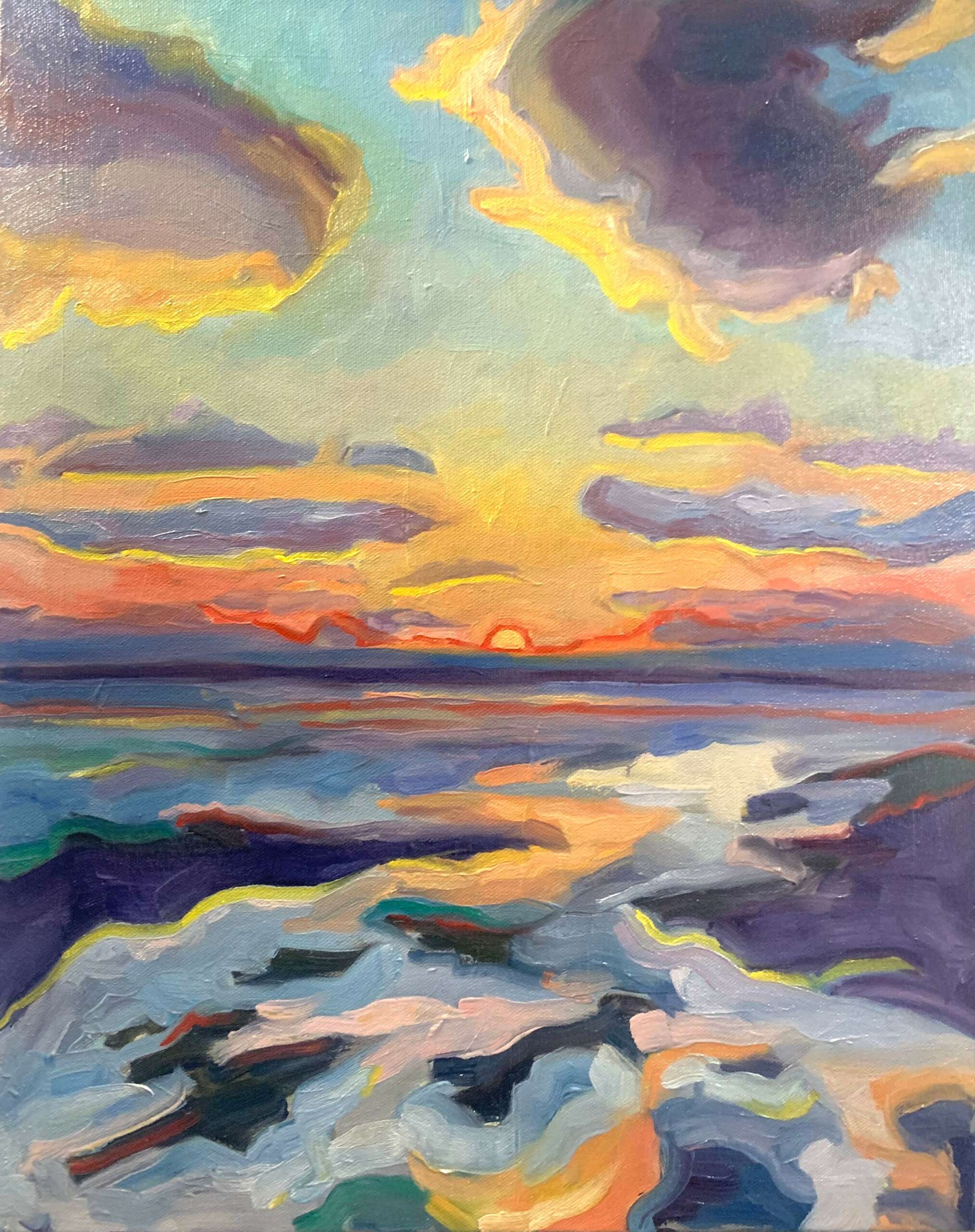
Is there something you think non-creatives will struggle to understand about your journey as a creative? Maybe you can provide some insight – you never know who might benefit from the enlightenment.
Well first off, I think everybody is creative. So I don’t think there is black and white thinking with who is and isn’t a creative. However, as a painter, I think only other painters will understand the struggle that happens during the process. We’re not manufacturing companies that can create a million paintings or “products” that look the same. Each painting has its own story of how it came to be, whether it happened over the course of 2 hours or 2 years. Sometimes people who aren’t painters don’t understand how stressful it can be to try to make a painting work or be successful. And sometimes you do flop. It’s okay to make a bad painting. And admitting that something is bad is humbling and important. You learn and can then go on to make an amazing painting afterward.
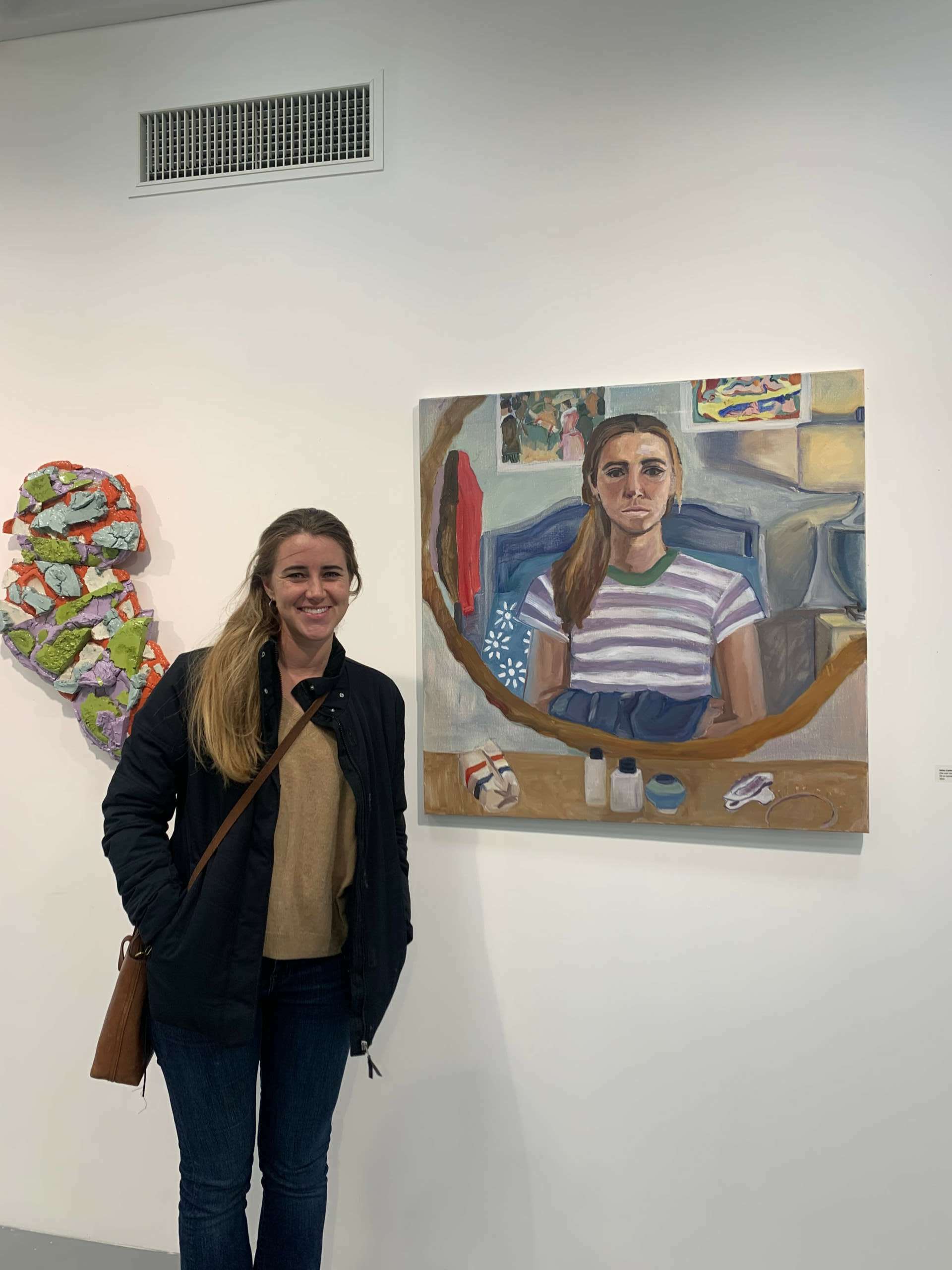
Contact Info:
- Website: www.helencardamone.com
- Instagram: helencardamone_art
- Linkedin: https://www.linkedin.com/in/helen-cardamone-0a649979/


